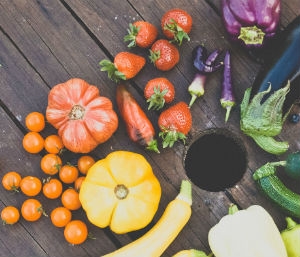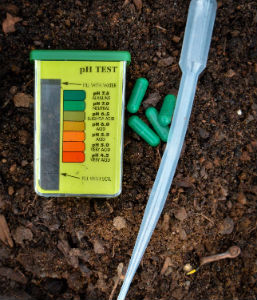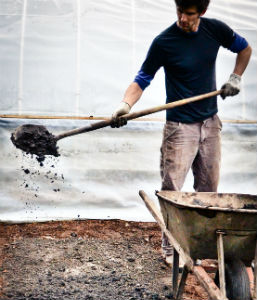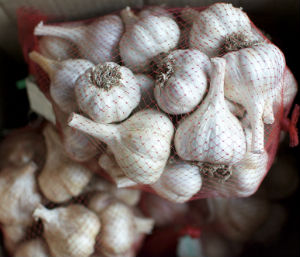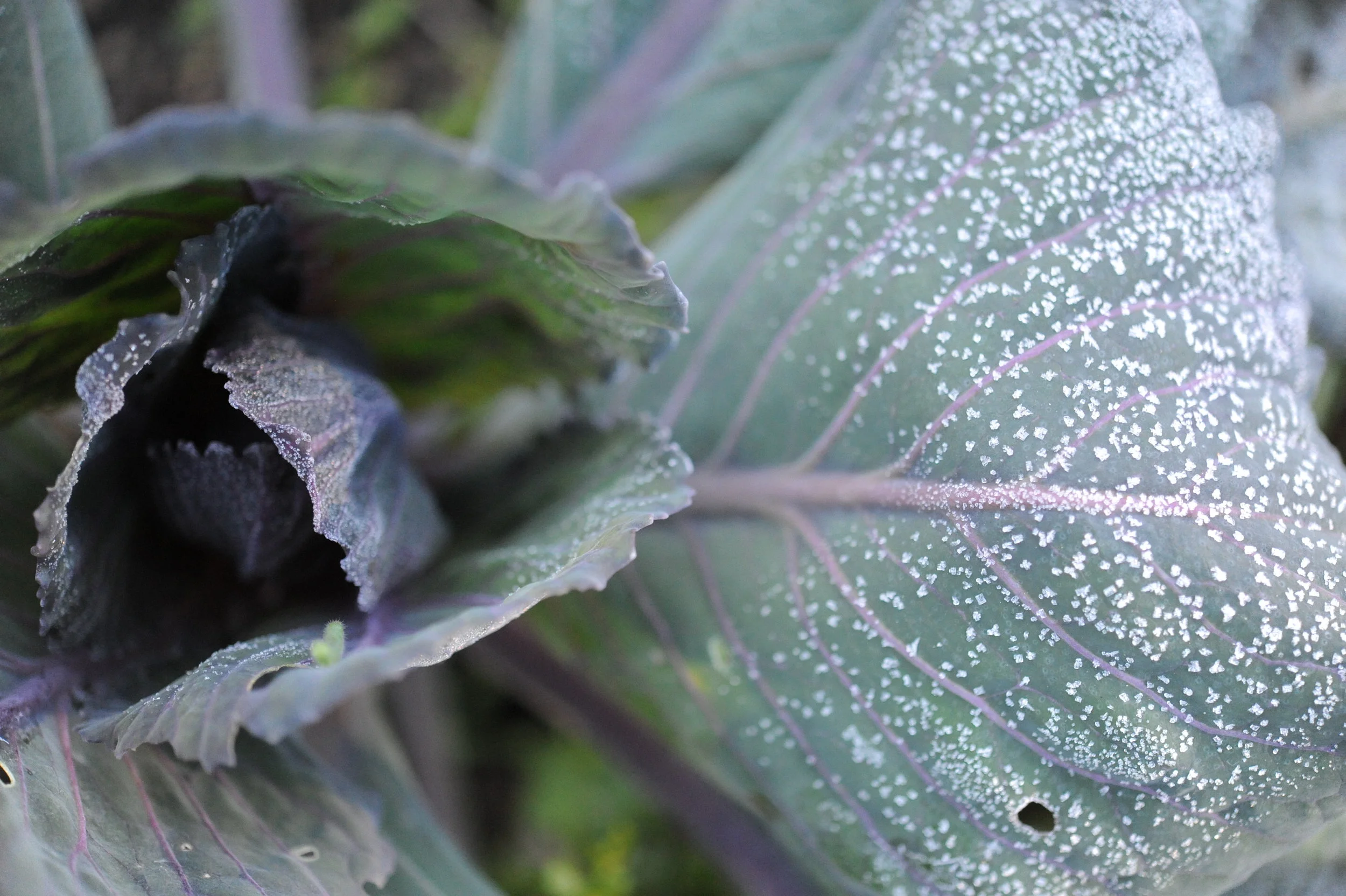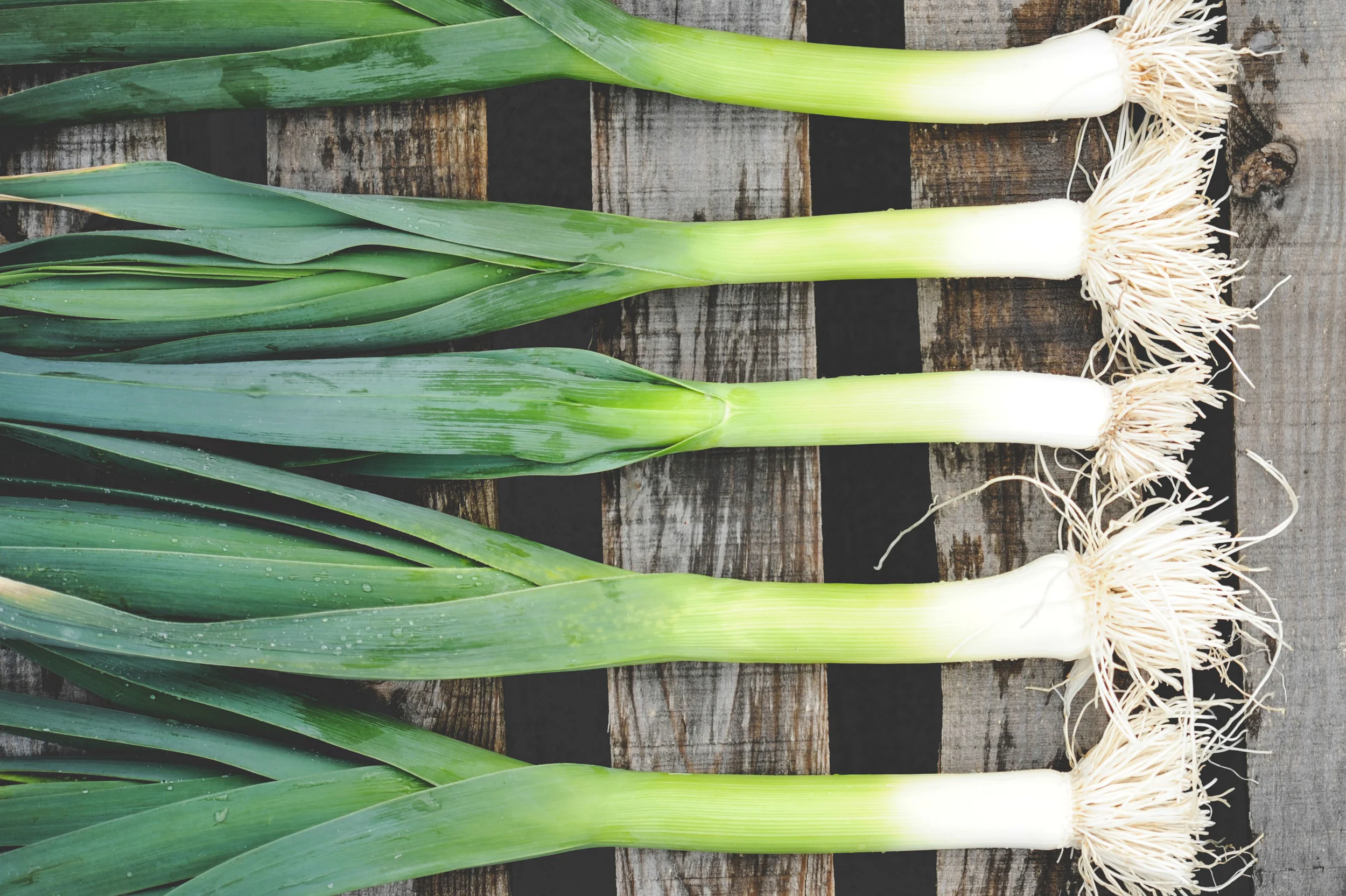Like it or not, the end of summer is hurtling towards us at unbelievable speed, like a gigantic meteor hell-bent on disheveling Elijah Woods hair. There is little we can do, but getting the vegetable garden in order seems like a good way to make the most of the time we have left…and why not make sure things are ready for next spring just in case the Mayans miscalculated…
1. Harvest and preserve vegetables and herbs:
Oddly enough, after investing time and energy into the garden all season long, many gardeners will slowly fade away from harvesting as the season nears its end. I know that you are tired of making zucchini fritters and caprese salad every night, but there is so much more you can do! Fall is the time to harvest many of your storage crops (onions, carrots, potatoes, winter squash) and make sure they are properly cured and put away for the winter. It is also a good time to examine plants that you may otherwise overlook: sunflowers, broccoli side shoots, and herbs (among others). Herbs in particular can be easily dried or frozen in a variety of ways and even a small garden can produce enough to provide a winter-long supply. Get out and scavenge everything you possibly can (I am sure you won’t regret it come January…)
2. Check your soil pH:
Checking your soil pH may seem beyond your range of garden nerdiness, but it is one of the most important things you can do each year to ensure the success of your crops. I find that it helps if you put on a lab coat and tease out your hair a little bit before getting started. A pH kit or electronic tester can be found at just about any plant nursery or online shop. Most kits are inexpensive and accurate enough to guide your pH adjustments. Most vegetables like a slightly acidic soil pH. The ideal range is between 6.3 and 6.9 (on a scale from 1 to 14). If your soil proves to have a pH below this range, add lime to your soil this fall (also available at most plant nurseries or hardware stores). If the soil is too alkaline (above 7.5), consider adding elemental sulfur to your beds to adjust the pH lower. Both of these amendments are organic and adding them in the fall will allow them to incorporate for a few months before the next big planting season.
3. Add compost and other organic amendments:
Just like the pH adjusting amendments mentioned above, fall is a great time to add sources of organic matter (compost, manure, etc) to the garden. A fall application of 1-2” of compost or manure on top of your beds will help re-supply the soil with nutrients for the next season. Many gardeners will also add an additional layer of a lighter organic material (like straw) on top to prevent nutrient leaching and keep down early spring weeds. Add whatever types of compost or manure you have access to, but make sure that the material is free of weed seeds before applying it to the garden. Poorly composted materials can be full of seeds of grass and other traumatizing weeds, so ask the supplier!
4. Turn off your watering system:
If you are lucky enough to have an automatic irrigation system or even if you just water with a garden hose, now is a good time to start thinking about disassembling the system to prevent frost damage. In warmer climates it may be possible to simply disconnect the system from a hose spigot and allow the water to drain out, but in colder climates you will want to either blast all the water out with an air compressor or just bring everything inside for the winter. Putting away hoses in the fall may seem fairly obvious, but also fairly easy to forget…
5. Plant garlic:
Garlic is like the hidden track at the end of your favorite album. The garden season is over and done with, everything is cleared out and put to bed and then out of nowhere it is time to plant garlic! The exact planting date will vary depending on your climate, but the goal is to plant after temperatures have dropped significantly but before the ground freezes. If garlic is planted too early, a tender new shoot may emerge from the ground before winter even starts, leaving the plant susceptible to cold and frost damage. If you try to plant it too late (esp. in colder climates), the ground may be too frozen to dig! Fall is the best time for garlic planting because it allows the crop to vernalize, resulting in larger yields (vernalization is a term used to describe a period of exposure to cold temperatures. For garlic, it encourages bulbing the following spring).
Plant an individual garlic clove 3” deep and space them 6-8” apart. Add a few inches of mulch to the bed (straw and/or compost) and wait! Each clove will develop into a full head of garlic by next summer.
Excellent Winter Gardening Resources:


